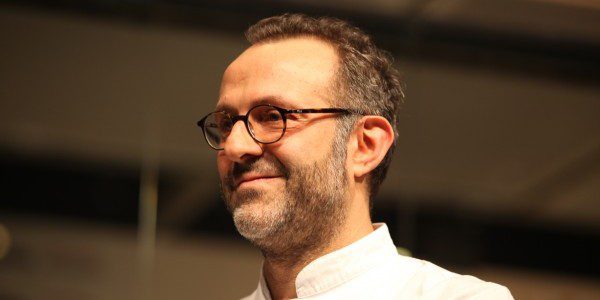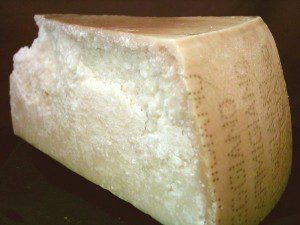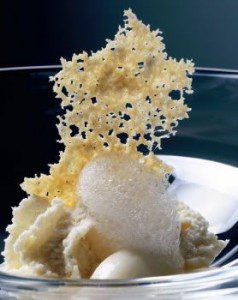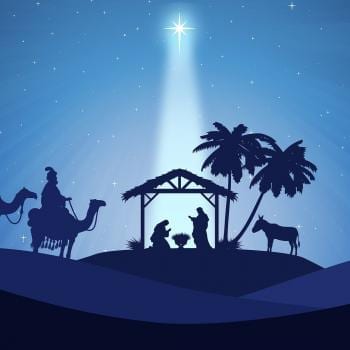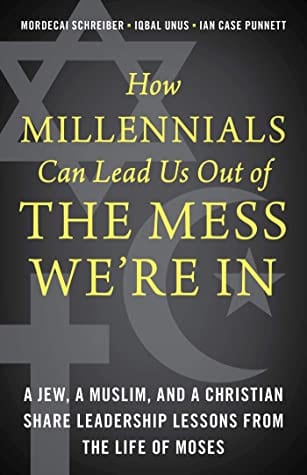I’d like to take a detour from my usual blogging fare to recommend to you a new series on Netflix, “Chef’s Table.” Or rather, I can heartily recommend the first episode in the series, the one focused on chef Massimo Bottura and his rise to fame in Modena, Italy.
I have yet to see the other episodes, but on the basis of this review, it seems that the first installment may be the best.
Massimo is a lively person, full of charisma and joy. He is a risk-taker, a dreamer, a creative, and he loves his work. He approaches food and cooking as an art-form (and a subversive form of art, at that). His Modena restaurant, Osteria Francescana, was recently named the second best restaurant in the world by Restaurant magazine, after getting third-best for the two previous years.
There are several prominent story-lines in the nearly one-hour show: Massimo’s rise to success and fame through several precarious moments and risky endeavors, the love-story between Massimo and his American wife Lara Gilmore (who is also credited in the film as being essential to Massimo’s success), and Massimo’s daring and subversive approach to the culinary arts.
Throughout the film, Massimo reflects on the risks he took by directly challenging the tradition of the “Italian kitchen” in Modena. The kitchen was Grandma’s domain–and it was too good to mess with. But Massimo wanted to update without disrespecting, to modernize without desecrating, and to make people think a little harder–and respect a lot more–the ingredients they consume.
For my part, I certainly walked away from the show with a much deeper appreciation for parmigiano-reggiano. Massimo can take this:
And turn it in to this:
Among other things, he does some crazy cool stuff with Tortellini, wacky stuff with eel, a dish made from the “crunchy part of the lasagna, and his famous dessert, “Oops! I dropped the Lemon Tart.”
Aside from the beauty of the dishes themselves, the show really speaks to the value of matching your vocation with what you love. This is a rare attainment (and probably involves a good bit of luck, too), but when it happens it seems to allow people to thrive in a way perhaps not possible otherwise.
It also made me think about the value of having people around who are willing to take risks and to challenge the status quo, to subvert traditions without utterly disrespecting them.
In my world of church, religion, and theology, this is a rare thing to see. A little time with Massimo might challenge us to be a little more creative. His visionary approach also offers something of a metaphor or analogy for how we could imagine our own relationship to traditions: as not simply mechanisms for disseminating proper rules and guidelines for action and belief–to be followed without question–but as sources to be respected while pursuing new ways of thinking and acting.
Image Source (Massimo Bottura, slightly cropped)
Image Source (Parmesan cheese)
Image Source (Five Ages of Parmigiano-Reggiano)

